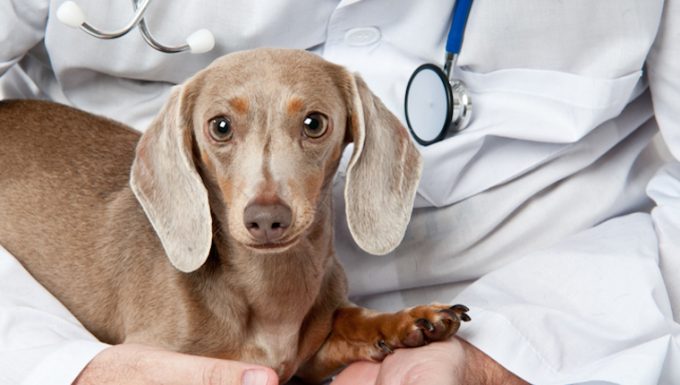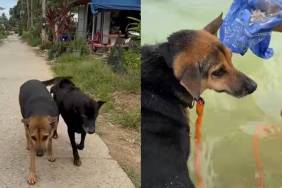Histiocytoma in dogs is a condition where skin growths appear around the head area. The growths take around one-to-four weeks to form.
Thankfully, the growths are usually benign. (You can read about malignant histiocytoma here.)
Generally, younger dogs suffer from the condition the most. Additionally, certain breeds including Dachshunds and Boxers can be predisposed to the condition.
If you see the signs of histiocytoma in your dog, then get to a veterinarian for a proper diagnosis and treatment.
Here’s what you should know about the symptoms, causes, and treatments for the condition.
Symptoms of Histiocytoma in Dogs
The condition mainly produces a single symptom. Namely, pink growths that appear on the skin. Specifically, the growths appear around the head and ears.
Technically, the growths are hairless. They can also be moved around easily when touched.
Causes of Histiocytoma in Dogs

The cause of the condition is due to a dog’s immune system. Specifically, the growths are caused by the Langerhans cell.
Generally, younger dogs under the age of three develop the condition the most. Additionally, the following breeds can be predisposed to the condition:
- Boxers
- Dachshund
- Labrador Retriever
- Staffordshire Terrier
Treatments for Histiocytoma in Dogs
Firstly, your vet will ask about your dog’s symptoms. Secondly, your vet will ask about your dog’s full medical history. This will include breed-specific problems.
Thirdly, a full physical examination will be carried out. Your vet will pay special attention to any growths.
Ultimately, a needle biopsy of the growth can confirm the condition.
Thankfully, many cases of the condition do not require any treatment. Many growths will disappear in around three months. Those that don’t can be surgically removed.
Generally, while recovering your dog will need to wear an Elizabethan collar. This is to prevent your dog aggravating the site of any growths that have been removed.
Have you ever cared for a dog who suffered from this condition? How did your vet help your dog recover? Let us know in the comments section below.









